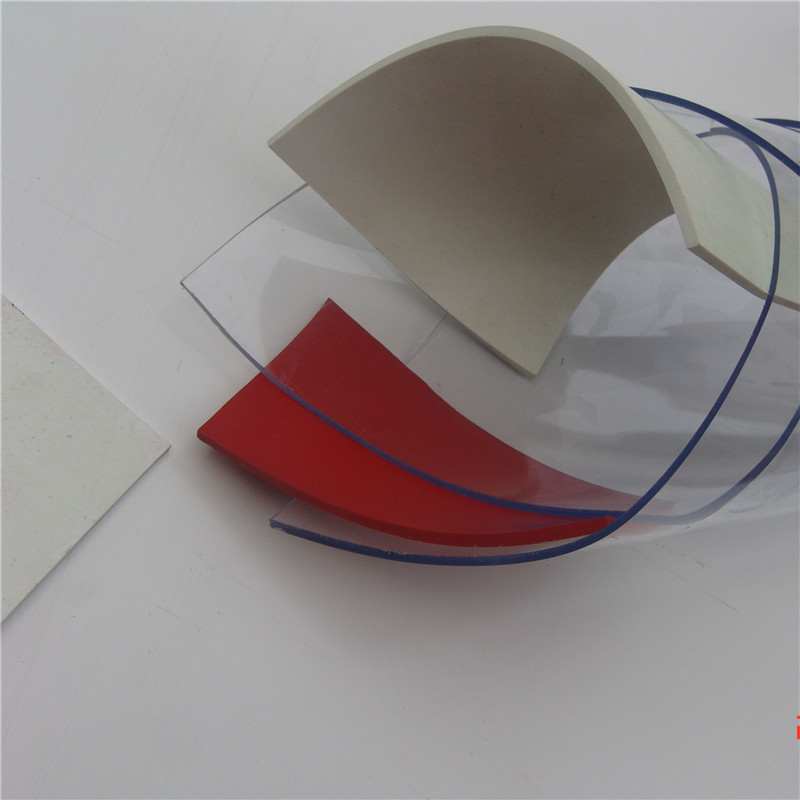Սպտ . 01, 2024 18:14 Back to list
High-Quality PVC Pipe Fittings | Durable and Reliable Solutions
PVC Pipe Fittings A Comprehensive Overview
Polyvinyl chloride (PVC) pipe fittings are crucial components in plumbing, irrigation, drainage, and construction systems. Renowned for their durability, affordability, and versatility, PVC pipe fittings have become increasingly popular in a myriad of applications. Understanding the types, benefits, and installation processes associated with these fittings can greatly enhance project efficiency and effectiveness.
Types of PVC Pipe Fittings
PVC fittings come in various shapes and sizes, catering to different needs in pipe systems. The most common types include
1. Elbows Used to change the direction of the piping system, typically at 45 or 90 degrees. 2. Tees These allow for branching off the main pipe line at a right angle, providing fluid flow in multiple directions.
3. Reducers These fittings facilitate the connection between pipes of different diameters, enabling a smooth transition in flow rates.
pvc pipe fittings

5. Couplings These connect two lengths of pipe together, allowing for an extension or repair of existing systems.
Benefits of PVC Pipe Fittings
The advantages of PVC fittings are numerous. Firstly, they are resistant to corrosion, which makes them suitable for various environments, including both underground and above-ground applications. Additionally, PVC is lightweight, making it easy to handle and install. Their low thermal conductivity means these fittings can withstand temperature variations without warping or degrading, ensuring longevity.
Furthermore, PVC fittings are cost-effective. Compared to metal alternatives, they require less maintenance and have a longer lifespan, which ultimately reduces long-term costs. They also don’t rust or stain, maintaining aesthetic appeal in exposed areas.
Installation Process
Installing PVC pipe fittings is relatively straightforward, but a proper approach will ensure a robust plumbing system. Begin by measuring and cutting the pipes to the required lengths. Use a saw designed for plastic to avoid any damage to the material. Once cut, clean the ends of the pipes and the fittings to remove any debris. Apply PVC primer to the joints, followed by PVC cement to create a strong bond. Finally, hold the joint in place for a few seconds to allow the cement to set.
In conclusion, PVC pipe fittings are an invaluable addition to plumbing and construction projects. Their range of types, user-friendly installation, and various benefits make them the go-to choice for professionals and DIY enthusiasts alike. With proper understanding and application, these fittings can significantly enhance the performance and reliability of any piping system.
-
High-Precision PVC Rigid Sheets for Vacuum Forming | AI-Optimized
NewsAug.05,2025
-
Durable PVC-M Water Supply Pipes | 60-Year Life
NewsAug.04,2025
-
Premium HDPE Water Supply Pipes: Durable & Leak-Proof
NewsAug.03,2025
-
Premium PVC-M Water Supply Pipe - Durable & Efficient
NewsAug.02,2025
-
Premium PP Welding Rod: GPT-4 Turbo Enhanced
NewsAug.01,2025
-
HDPE Drainage & Irrigation Pipe - Durable, Efficient Solutions
NewsAug.01,2025

